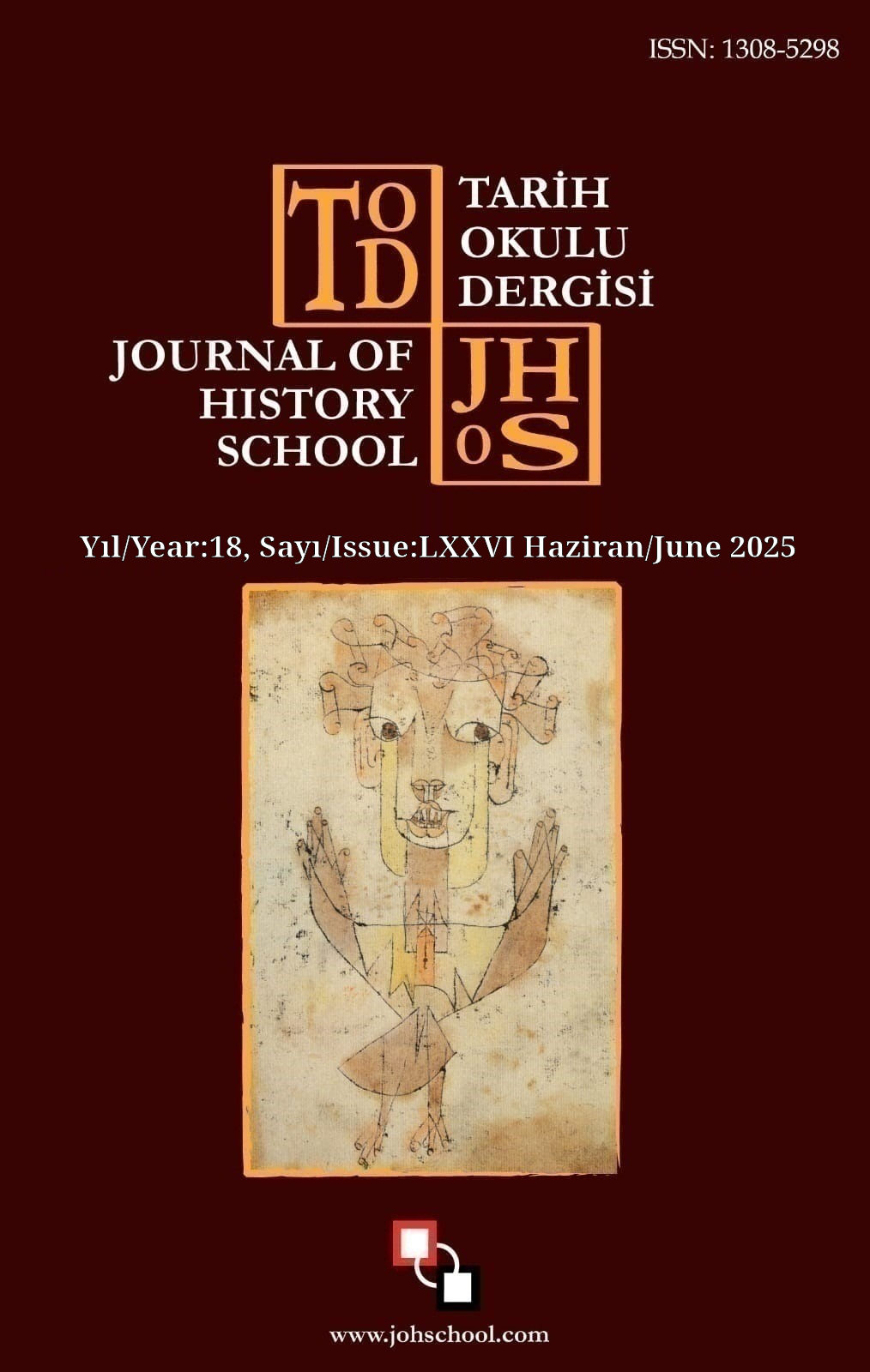Author :
Abstract
Kadim bir müzik olan Türk Musikisinin tarihsel seyir içerisindeki gelişimine bakıldığında Osmanlı padişahlarının etkisi ve katkısı önemli rol oynamaktadır. Pek çoğunun devlet yönetimindeki görevlerinin yanı sıra musikişinaslığa, şairliğe, hattatlığa, ressamlığa kısacası sanatın bütün dallarına ilgileri olup bu alanlarda da kendilerini üst seviyede yetiştirmişlerdir. Bu sanat dallarının içerisinde musikiye ayrı bir ilgisi ve becerisi olan Sultan III. Selim Hân neyzenliği, tanbûriliği, bestekârlığı ve terkîp etmiş olduğu makamlarla Türk Musikisinin önemli sanat adamlarındandır. III. Selim yaşamış olduğu dönemde Türk Musikisinin önemli sanatkârlarıyla musikide iştigal etmiş ve onlardan istifade etmiştir. Bu çalışmada, padişah III. Selim’e atfedildiği düşünülen ve Türk Musikisinde az sayıda bestelenmiş olan “Şevk-i Dil” makamının nazari özellikleri anlatılmış, bu makamda bestelenen 7 eserin müzikal incelemesi yapılarak bestekârların bu makamı ne şekilde kullandığının ortaya çıkarılması amaçlanmaktadır. Müzikal açıdan inceleme ile eserlerin ezgisel yapısı göze alınarak makam özellikleri değerlendirilmiştir.
Keywords
Abstract
When we look at the historical development of Turkish Music, which is an ancient music, the influence and contribution of the Ottoman sultans plays an important role. In addition to their duties in state administration, many of them are interested in music, poetry, calligraphy, painting, in short, all branches of art, and they have trained themselves at a high level in these fields. Sultan Selim III, who had a special interest and skill in music among these branches of art. Selim Hân is one of the important artists of Turkish Music with his ney player, tambourine, composer and the modes he composed. Selim III was involved in music with important artists of Turkish Music during hrt lifetime and benefited from them. In this study, Sultan Selim III. The theoretical features of the "Şevk-i Dil" maqam, which is thought to be attributed to Selim and composed only a few times in Turkish Music, are explained, and it is aimed to reveal how composers used this maqam by musically examining 7 works composed in this maqam. Through musical analysis, the maqam features of the works were evaluated, taking into account their melodic structure.





